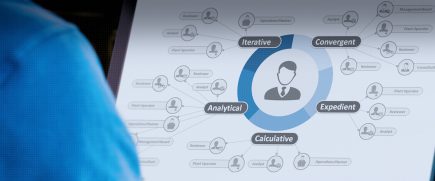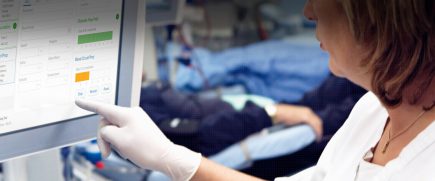Covid-19 has changed the way we live. It is now prompting us to rethink how we learn. How learning can be enabled for individuals and how learning institutions need to redesign their models of engagement and delivery. This transition from physical to digital is accelerating inquiries into what learning needs to be imparted, how learning is universally accessed, delivered, and assessed which leads to true shifts in thinking and behaviors.
Mohita Jaiswal & Stuti Mazumdar - April 2021

Role of Experience Design in the Democratization of learning
We are at the cusp of a learning revolution in making.
Covid-19 by putting traditional educational institutions at a standstill is raising important questions and challenging the status quo. Extraordinary innovation is happening in day today life by a community of academicians, teachers, parents, technologists and designers, experimenting with new and existing technologies, applications, pedagogies and models to empower learning through a more digital ecosystem.
Since anxiety is very high when using new tools and methods, user experience design plays a crucial role to ensure a smooth transition and long-term sustainable engagement by creating a simple and intuitive start experience.
We look at emerging trends and insights to navigate through the challenges of providing accessible, equitable, engaging, and purposeful learning. In a world that is changing rapidly our ways of thinking and designing need an adaptable approach as well!
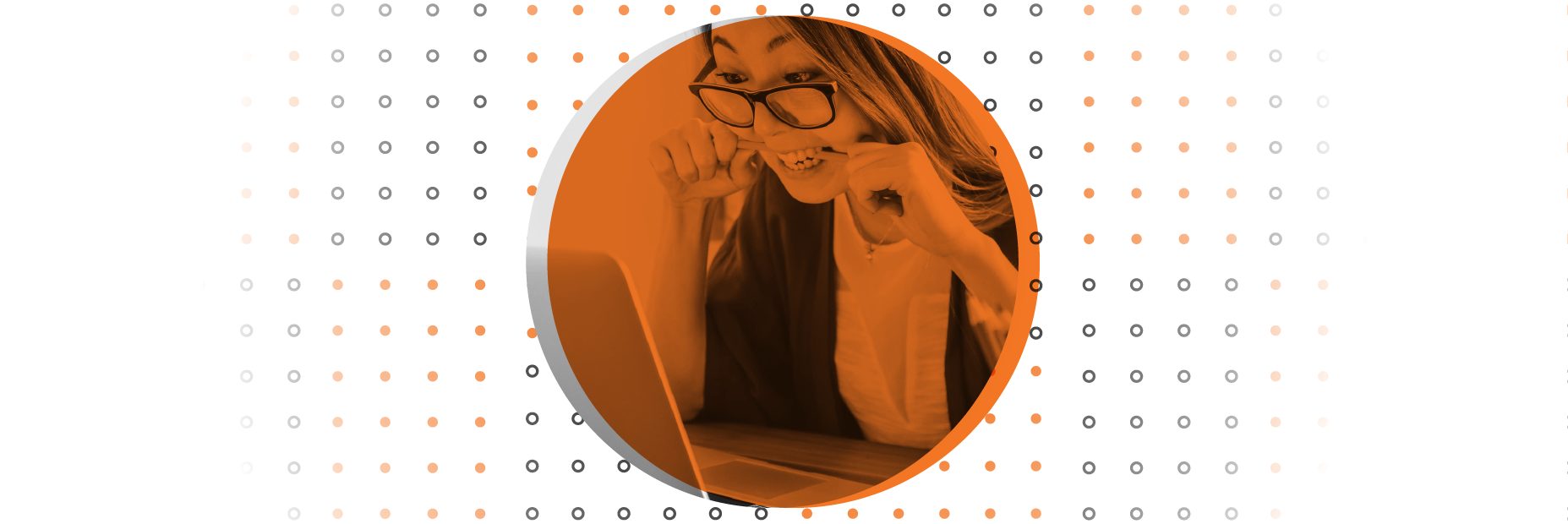
1. Geography no bar for accessing learning
Even before the pandemic, UNESCO’s Institute for Statistics estimated that a total of 258 million children and youth were out of school, accentuating the need to strengthen Sustainable Development Goal 4 – “Ensure inclusive and equitable quality education and promote lifelong learning opportunities for all.
As learning expands from the confinements of schools and universities and gets spread over to the homes and workplaces, technologies like cloud computing, artificial intelligence, 3D printing, augmented reality, smart boards, virtual reality, and device technology are heralding the future with state-of-the-art techniques we are yet to see.
Global, cloud-based classrooms with students from across geographies is becoming increasingly commonplace. Educational institutes of repute are now no longer considered out of reach due to geography. As they begin to create digital learning resources, more people are able to access them across demographics.
Insight for Designers:
Broaden your vision and design learning management systems that can scale. Craft experiences that are global yet relevant to the users across the spectrum, using different devices, and accommodates for learning needs in different environments creating solutions that are accessible for universal learning.
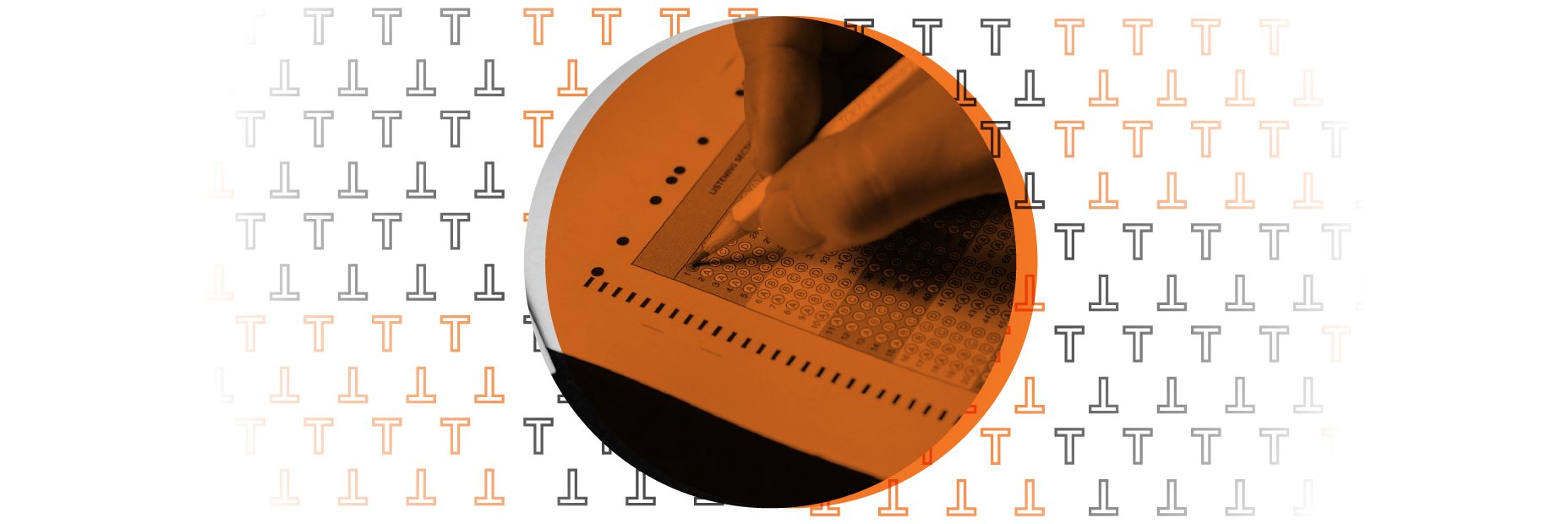
2. Digital promises immersive and personalized learning experiences
Blended learning approaches are being tried, tested, and increasingly used. Teachers have started to innovate and experiment with online tools and may want to continue online pedagogies as a result of all this. Many distance learning programs are drawing on more traditional, “low-tech” platforms to reach children and youth at scale.
As there is an increase in the consumption of online learning resources, many of its flaws are also coming to the fore. With greater awareness and demand of customers of online learning products and services, there is greater feedback in terms of user experience, facilitating rapid iterations and improvements.
Insight for Designers:
Design learning experiences keeping in mind the different models and pedagogies of learning that are gaining popularity, such as master-apprentice, learning by doing, peer-to-peer learning etc. Utilize technology such as virtual reality and 3D to translate traditional aspects of learning into more immersive digital experiences.
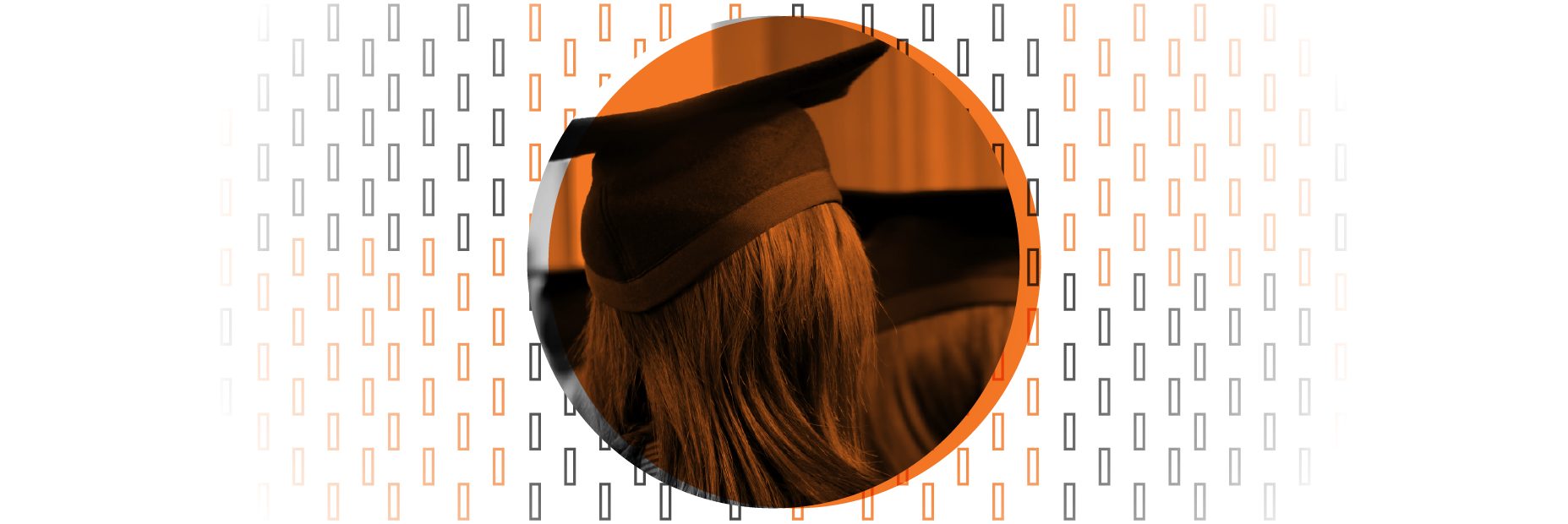
3. Digital assessment of Learning holds the potential to provide customized pathways to progress
Assessments are a means to indicate levels of learning and provide feedback for one to understand one’s learning needs and pathway to progress. With learning becoming more online, assessments and examinations are also becoming online and come with their own challenges.
Carrying out online assessments where learners take exams remotely on such a large scale is part of the new normal. In education and exam systems which are still largely traditional and non-digital, the transition is crucial.
Insight for Designers:
Rethink how assessments and exams can be conducted. Innovate for creating experiences for assessments that instill confidence in the users that the process is constructive, reliable, and fair. Learning outcomes can be improved using the right triggers, tools to both sustain a user’s interest and make them discover indicators for progress through data that motivates intrinsically.
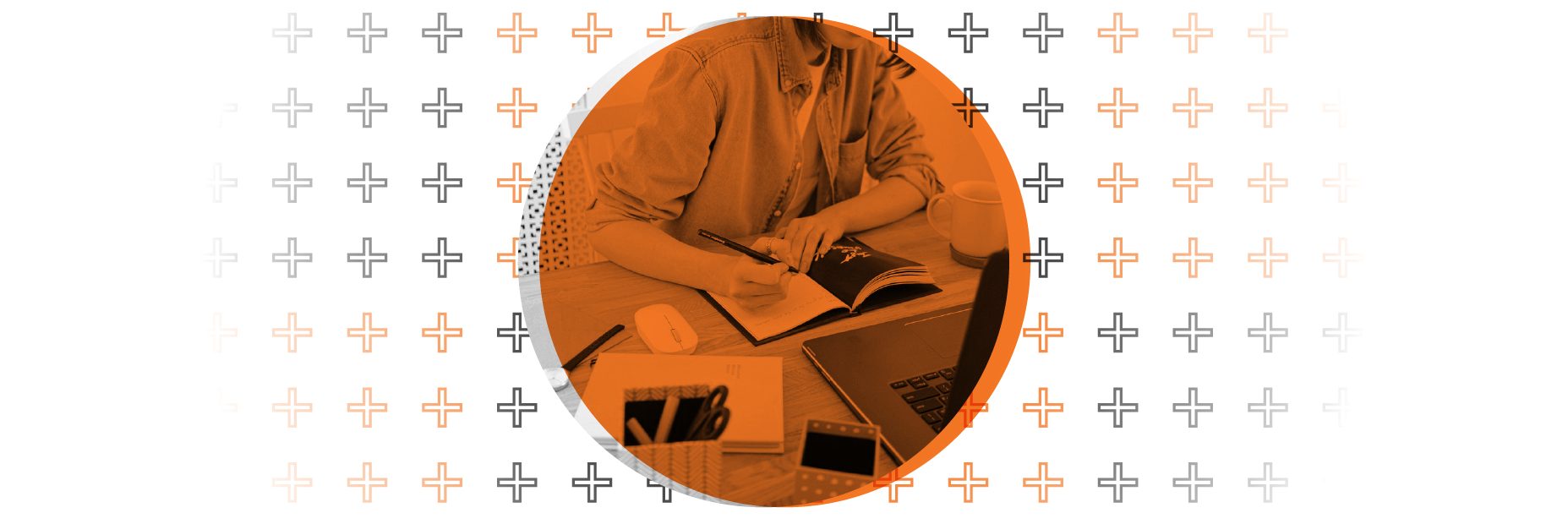
4. Spurt in educators communities is creating Marketplaces for Learning
One of the most important things teachers can do now is to draw on what others are doing through various platforms and resources of learning available. Platform aggregators are creating marketplaces for learning resources as the scope and scale of digital learning gains momentum.
Apart from the obvious impact on students, executive education and upskilling courses become more important with widespread changes in the economy and how workplaces function.
Insight for Designers:
Think about how to design for an era of e-commerce for the education industry. Design experiences that are agnostic to archetypes, where anyone can be a learner and anyone can be a teacher.


